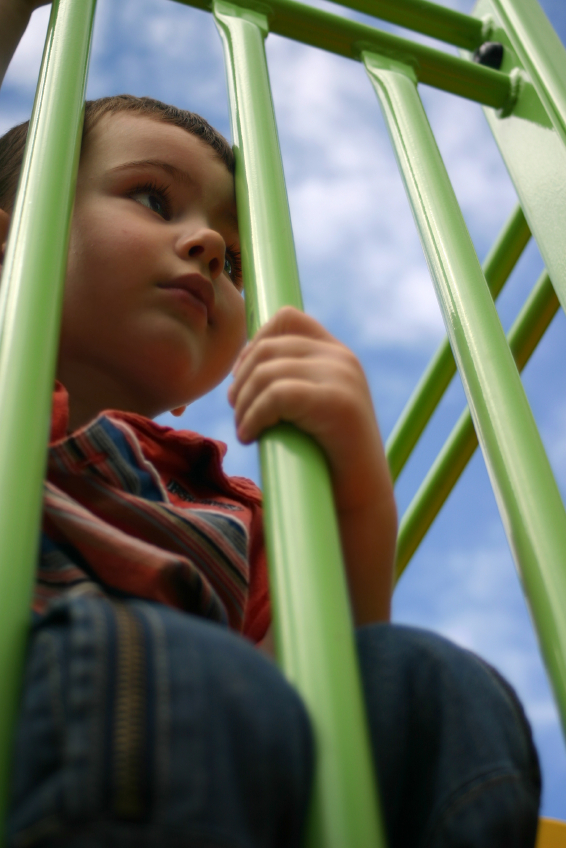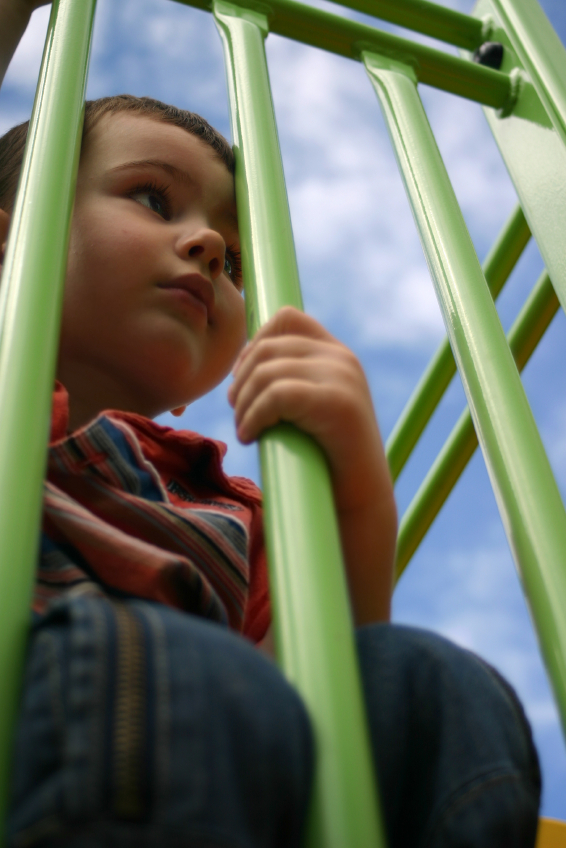 Now that the first month of the new year in the new decade has come to an end, a first month that has brought much to mourn and not much to celebrate, I’ve been thinking again about hope. What some were calling “Hopenhagen,” did not, as we all know, and perhaps should have known from the start, provide much reason for real hope. Daily there are more reasons to be worried — not just about climate change, but about genetically modified foods, ever-increasing rates of cancer, a great wave of extinction, the death of the oceans, and a hundred other subheadings of the apocalypse. The word is out: things aren’t so good.
Now that the first month of the new year in the new decade has come to an end, a first month that has brought much to mourn and not much to celebrate, I’ve been thinking again about hope. What some were calling “Hopenhagen,” did not, as we all know, and perhaps should have known from the start, provide much reason for real hope. Daily there are more reasons to be worried — not just about climate change, but about genetically modified foods, ever-increasing rates of cancer, a great wave of extinction, the death of the oceans, and a hundred other subheadings of the apocalypse. The word is out: things aren’t so good.
How, then, do I talk to my children — five and nine — about the state of the planet, about hope? The question is worth asking, and revisiting, not only for the sake of the children and the future they will both inherit and create, but also because thinking about things in ways that children can understand can open up a new clarity for ourselves, as well.
I recently hosted an afternoon of readings and discussions on the themes of poetry and ecology. Poets, scientists, and activists spoke about their work and about how different forms of imagination can help us reorient ourselves in the world. The room was filled to capacity and there were many families with young children; I felt proud to have gotten an intergenerational audience, until the final speaker’s remarks.
An eighty-two year old poet, anthropologist, and environmentalist, he began by saying that he was going to tell us the truth. He had been hopeful, he said, for nearly eighty years. Now, however, when he looks at the state of the world, he no longer believes that hope is possible.
I could see the heads of many in the audience nodding: yes, he’s spoken the unspeakable truth, we need to continue, yes, but without hope, with a bitter, existential realism; and part of me was nodding too. But another part of me cringed. I didn’t want my children to hear this message, and I felt bad that so many other children were in the room.
Was it naïve to have invited families? Is bringing children to an event on poetry and ecology now like bringing them to an event on sex trafficking? Last year a friend’s eight-year-old had trouble falling asleep for several months because he was worried that global warming would flood his city and his house and that everyone would drown. Nothing could reassure him. Was I going to be getting angry calls at one a.m. from friends who had brought their children — who would no longer sleep — to my event?
I didn’t get any of those calls, but the poet’s remarks about hope continued to unsettle me. In the weeks since, as I have watched my children play and move through their days, as I have seen them struggle and learn, it has become increasingly clear to me that the reasons a message of hopelessness is not good for children remind us what is wrong with it for adults as well.
It is, of course, not when things are going well, but in the face of adversity that hope is most important. Recently a close family friend died of cancer. My son was very upset. What I said to him is what I have come to believe: Giving up on hope is always wrong, even in the face of what we can calculate to be certain destruction, because it cuts us off from ourselves and our own humanity, privileging the head over the heart, the mind over the body. In one sense, this is exactly what we humans have done in our interactions with the natural world (and it is partly because we have done this — because we have poisoned our waters and our land — that there is a cancer epidemic). We have cut ourselves off from the rest of nature. But reconnecting with that world is the key to a more sustainable future, just as reconnecting with our hearts is the key to a sustainable existence.
Children, or at least children who still get outside sometimes, intrinsically place themselves in relation to the world around them (another reason it’s so important that children do spend time in the natural world). My friend’s global warming-obsessed son was finally able to sleep again only after he read that scientists had predicted sea levels would rise about a meter in his lifetime, and therefore would not cover his own nose. This makes much less sense than the many ways in which his parents tried to reassure him that things would be all right. But it makes a kind of poetic sense: the boy was imagining his own body in relation to the natural world around him.
“Hope is the thing with feathers/ That perches in the soul/ And sings the tune without the words./ And never stops at all,” Emily Dickinson wrote in 1861, the first year of the Civil War. More than 600,000 young men would die in the next four years. For those young men and their families, as Dickinson well knew, hope must have been nearly silenced — and yet she imagines a bird perpetually singing.
Sometimes watching my children squabbling or running around our small apartment in the middle of winter, I feel like I am watching — and hearing — cackling crows or mangy city pigeons. But mostly, I feel like I am living with birds who cannot stop singing, who remind me that hope is an essential part of ourselves, and who remind me of the fullness of being alive.


